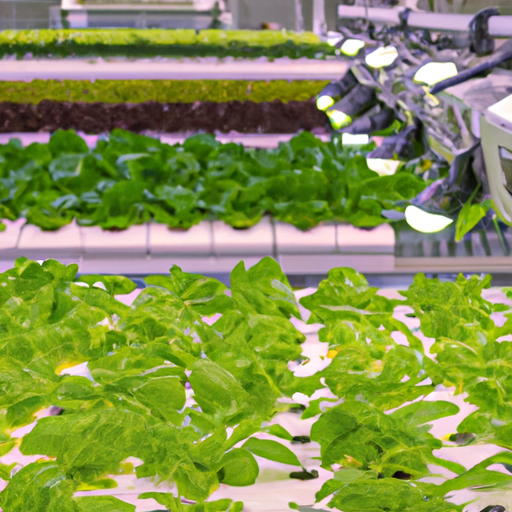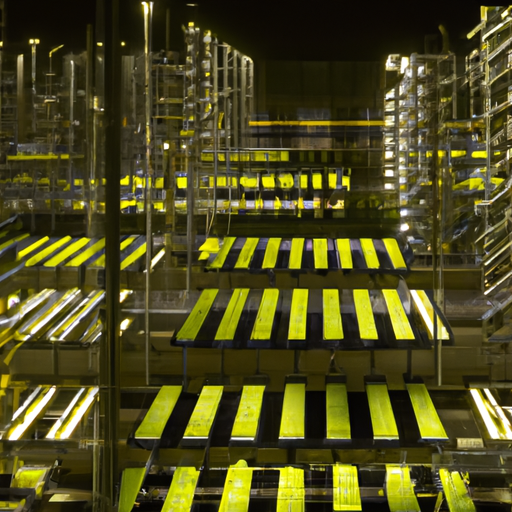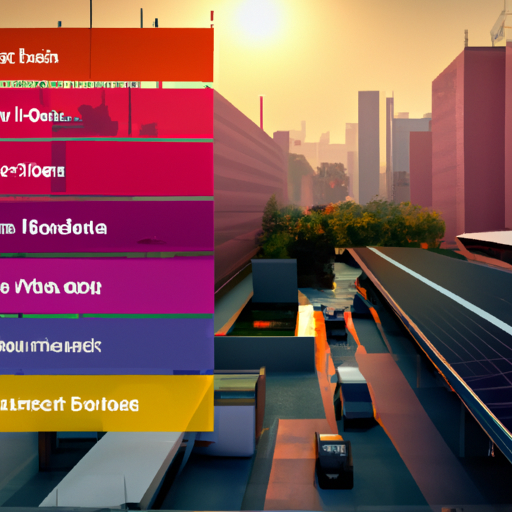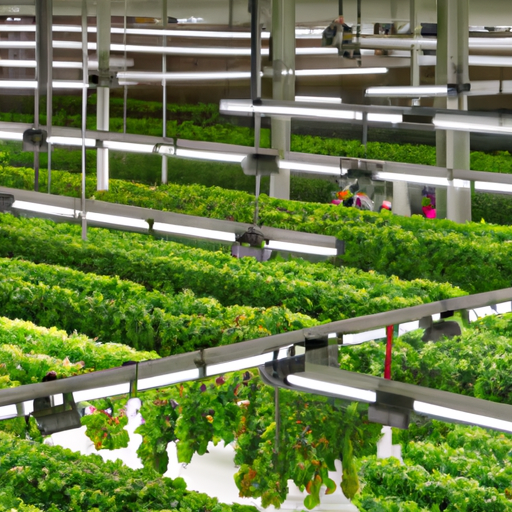Vertical farming is revolutionizing food production by combining advanced technology with sustainable agriculture practices. These innovative systems can produce fresh food year-round while using significantly less water and land than traditional farming. The integration of AI and IoT is making these systems increasingly efficient and productive.

As global population growth and climate change put increasing pressure on traditional agriculture, vertical farming has emerged as a promising solution for sustainable food production. This innovative approach to agriculture combines cutting-edge technology with ecological principles to create highly efficient growing systems that can operate in urban environments year-round.
Vertical farming systems utilize carefully controlled environments where multiple layers of crops are grown in specially designed structures. These facilities can be established in urban areas, converting unused buildings or warehouses into productive agricultural spaces. By bringing food production closer to consumers, these systems significantly reduce transportation costs and associated carbon emissions.
One of the most significant advantages of vertical farming is its efficient use of resources. These systems typically use hydroponic or aeroponic growing methods, which can reduce water consumption by up to 95% compared to traditional agriculture. Nutrients are delivered directly to plant roots in precisely controlled amounts, eliminating runoff and waste while optimizing plant growth.
Lighting technology plays a crucial role in vertical farming success. Advanced LED systems provide plants with optimized light spectrums for photosynthesis, while sophisticated control systems adjust light intensity and duration based on plant growth stages. These lighting solutions are becoming increasingly energy-efficient, reducing the environmental impact of indoor farming.
Automation and artificial intelligence are transforming vertical farming operations. Robots handle tasks such as seeding, harvesting, and system maintenance, while AI algorithms analyze data from thousands of sensors to optimize growing conditions. Machine learning systems continuously improve their understanding of plant growth patterns, leading to better yields and resource efficiency.
The environmental benefits of vertical farming extend beyond resource conservation. These systems eliminate the need for pesticides and herbicides, as the controlled environment prevents pest infestations and weed growth. This not only produces cleaner food but also prevents chemical runoff that can harm natural ecosystems.
Climate control systems in vertical farms create ideal growing conditions regardless of external weather conditions. This allows for year-round production of crops that would typically be seasonal, reducing dependence on imported produce and increasing food security. Advanced HVAC systems recycle and purify air while maintaining optimal temperature and humidity levels.
The integration of renewable energy sources is making vertical farming increasingly sustainable. Solar panels, wind turbines, and energy storage systems are being incorporated into facility designs to offset the energy requirements of lighting and climate control systems. Some facilities are achieving carbon-neutral or even carbon-negative operations through these initiatives.
Waste management and recycling systems are fundamental components of sustainable vertical farming operations. Plant waste is composted or used for biogas production, while water is filtered and recycled through the system. Some facilities are experimenting with aquaponic systems that combine fish farming with plant production, creating closed-loop ecosystems.
The economic viability of vertical farming continues to improve as technology advances and operational costs decrease. While initial setup costs remain significant, the combination of higher yields, reduced resource consumption, and premium pricing for locally grown produce is making these systems increasingly attractive to investors and entrepreneurs.
Research and development in vertical farming technology is ongoing, with new innovations emerging regularly. Scientists are working on developing plant varieties specifically adapted to indoor growing conditions, while engineers are creating more efficient systems for nutrient delivery and environmental control. The integration of blockchain technology is improving supply chain transparency and food traceability.
As cities grow and climate change affects traditional agriculture, vertical farming is likely to play an increasingly important role in global food security. The ability to produce fresh, nutritious food in urban environments while minimizing environmental impact makes this technology a crucial component of sustainable food systems. The continued development of more efficient and sustainable vertical farming technologies promises to revolutionize how we grow and consume food in the future.



